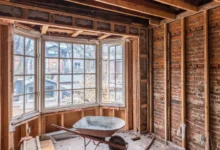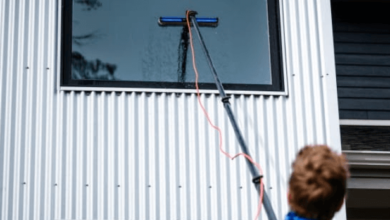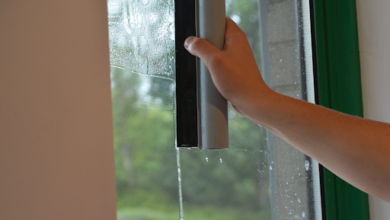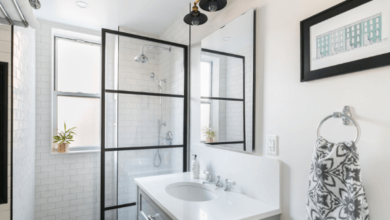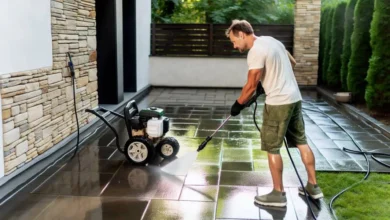From Concept to Creation: A Beginner’s Guide to Lighting Design
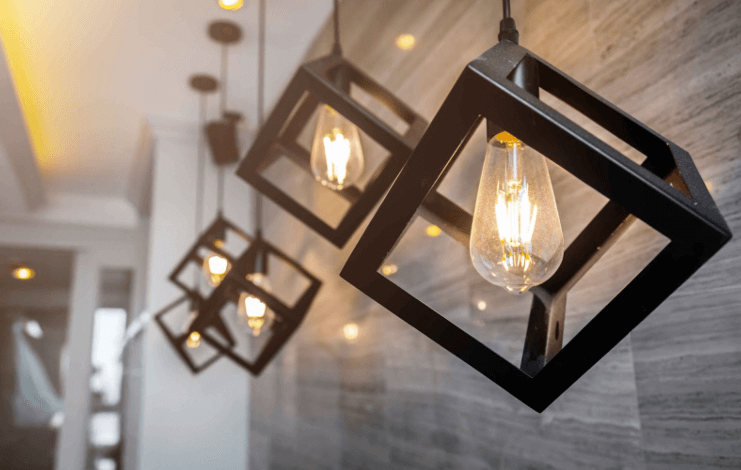
Lighting design is more than just illuminating a space—it’s an art form that can transform any interior, evoke emotion, and bring your creative vision to life. Whether you’re an interior design enthusiast chasing that perfect glow, a DIY hobbyist ready to take on a new project, or a homeowner looking for stylish solutions, lighting design offers endless possibilities.
This guide will walk you through the basics, from understanding different types of lighting to creating your own designs, all while staying budget-friendly and eco-conscious with solutions like Sound Effects lighting options.
Understanding the Basics of Lighting
Before jumping into designing, it’s crucial to understand the foundational elements of lighting. Each type of lighting has unique functions that affect how a space feels and functions.
Types of Lighting
1. Ambient Lighting
This is your primary light source. It fills the room and sets the overall mood. Think ceiling fixtures, chandeliers, or natural light pouring through windows.
2. Task Lighting
Task lighting serves a specific purpose, like a desk lamp for working or under-cabinet lights in a kitchen for chopping vegetables.
3. Accent Lighting
Want to highlight a piece of art, architectural detail, or a cozy reading nook? Accent lighting like wall sconces or spotlights adds the wow factor.
The Effects of Light
Lighting can dramatically change the way a room looks and feels. A warm, soft glow creates a cozy vibe, while brighter, cooler light sharpens focus and fosters productivity. Play around with different temperatures (measured in Kelvin) to find what works for your mood and purpose.
The Creative Process
Now that you understand the basics, it’s time to channel your creativity into design.
Find Inspiration
Start by gathering ideas from magazines, Pinterest boards, or your favorite interior design blogs. Notice how different lighting designs shape spaces and tell a story.
Define Your Goal
Ask yourself these key questions:
- What purpose will the lighting serve in this space?
- What mood do I want to evoke?
- How do I want my design to stand out?
Sketch Your Concept
It doesn’t have to be perfect—just a rough outline of where you’d incorporate lights and the look you’re aiming to achieve. Visualizing your plan will make the execution much easier.
DIY Lighting Design
Creating your own lighting design at home is not just exciting but also highly rewarding. With the right tools and some hands-on techniques, you can make something beautiful and functional.
Tools and Materials
- Tools: A tape measure, wire cutters, screwdriver, and safety gloves.
- Materials: Lighting fixtures, wiring, bulbs (LED for efficiency), and dimmer switches for versatility.
Techniques
- Layer Your Lighting: Combine ambient, task, and accent lighting for depth.
- Play with Shadows: Experiment with angles to create intriguing patterns or highlight specific areas.
- Choose Dimmable Bulbs: They allow for mood adjustments based on the time of day or activity.
Safety First
Always work with tools responsibly, and if you’re dealing with electrical connections, consult a professional if you’re unsure of the process.
Budget-Friendly and Eco-Friendly Lighting
Transforming your space doesn’t have to cost a fortune. Opting for brands like Sound Effects is a smart way to stay both budget-conscious and environmentally friendly.
- Affordable Solutions: Sound Effects offers a wide range of budget-friendly lighting fixtures that don’t compromise on style.
- Eco-Friendly Choices: Many of their products incorporate sustainable materials and energy-efficient technology, like LED bulbs, to reduce your carbon footprint.
With the right budget-friendly options, you can craft beautiful lighting solutions without overspending or harming the environment.
Showcasing Your Creations
Once your masterpiece is complete, it’s time to shine a spotlight (literally!) on your work.
- Photography Tips: Use natural light to capture the true colors of your design. Avoid harsh camera flashes and experiment with angles for the most flattering shots.
- Create a Portfolio: Whether for your social media or personal records, documenting your progress can inspire others and serve as a visual diary of your creative evolution.
Take the First Steps Toward Your Lighting Design Journey
Lighting has the power to transform a house into a home and elevate even the simplest spaces into something extraordinary. With a little knowledge and a lot of creativity, anyone can become a lighting designer.
Explore affordable and sustainable options like Sound Effects to start your project today. Whether you’re installing accent lights for atmosphere or crafting a bespoke fixture, the possibilities are endless.
Remember, every big idea starts with a single spark—so why not make it light?


